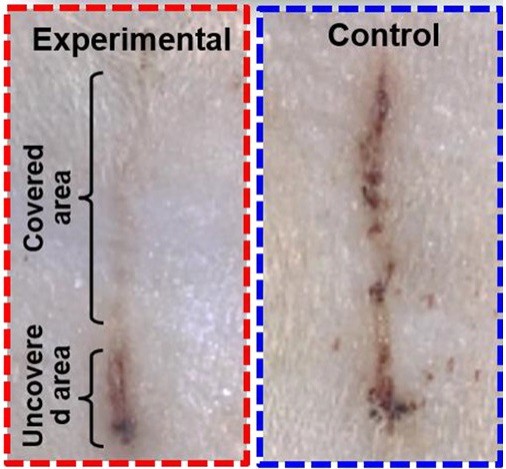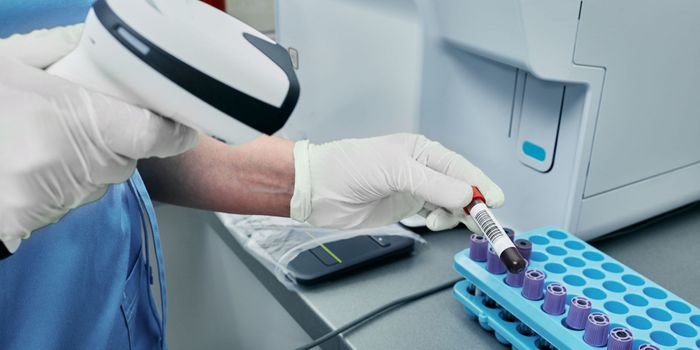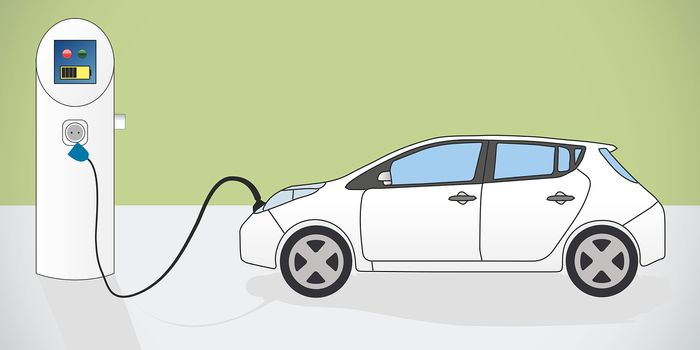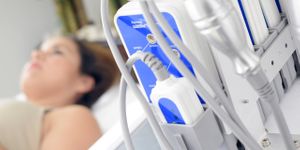E-Bandages for Wound Healing
Clinicians have always sought ways to help patients with chronic skin wounds to heal. In normal circumstances, our skin can heal itself. However, in some cases, it can not--leaving the affected skin prone to chronic pain, infection, and scarring. These wounds can include diabetic foot ulcers, venous ulcers, and non-healing surgical wounds. Some approaches considered involve bandaging, exposure to oxygen, and growth-factor therapy—but all these methods hold limitations in their effectiveness.
Learn more about how the skin is capable of healing itself:
Now, a study published in ACS Nano describes astonishing technology involving a self-powered bandage that can reduce healing time in rats through the generation of an electric field over the injury. Interestingly, the use of electrical stimulation in the process of wound healing has long been studied since the early 1960s. However, these observations were restricted as equipment for electric generation is often large and can require patients to be hospitalized.
Therefore, researchers wanted to develop a simpler electrical method requiring little to no use of equipment and obviously no patient hospitalization—they came up with the development of a flexible, self-powered bandage capable of converting skin movements into a therapeutic electric field otherwise known as the E-bandage.
The E-bandage was tested on rats and results showed that wounds healed in 3 days in comparison to just 12 days with a regular bandage involving no electrical field. The findings strongly hypothesize that the generation of an electrical field is highly attributable to the enhancement of fibroblast migration, proliferation and differentiation.
A wound covered by an electric bandage on a rat’s skin (top left) healed faster than a wound under a control bandage (right).
Credit: American Chemical Society
Powering the e-bandage involved a wearable nanogenerator by the overlapping sheets of polytetrafluoroethylene (PTFE), copper foil, and polyethylene terephthalate (PET). The nanogenerator would then covert the skin movements, occurring during normal activity such as breathing, into small electrical pulses. The current flowing from these pulses would arrive to two working electrodes placed on either side of the wounded skin producing a weak electric field.
Source: American Chemical Society










